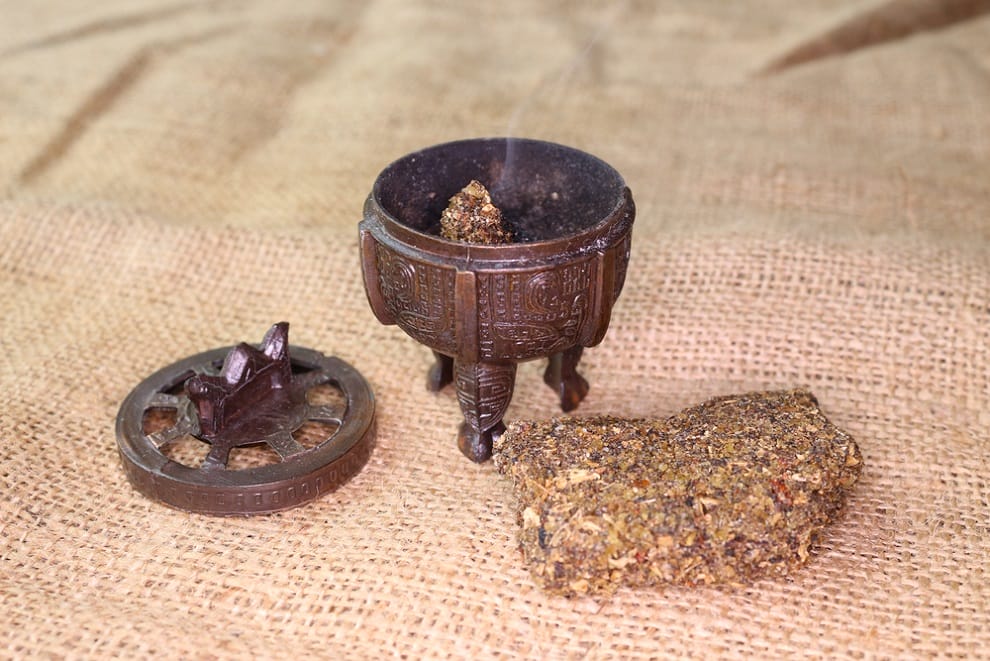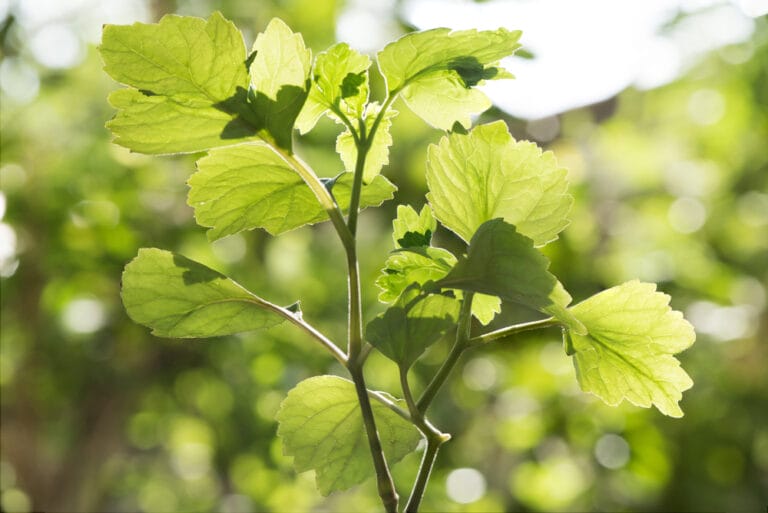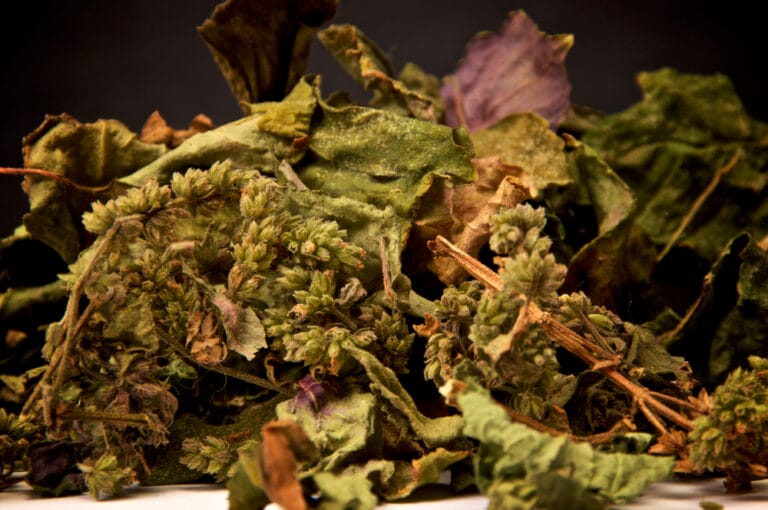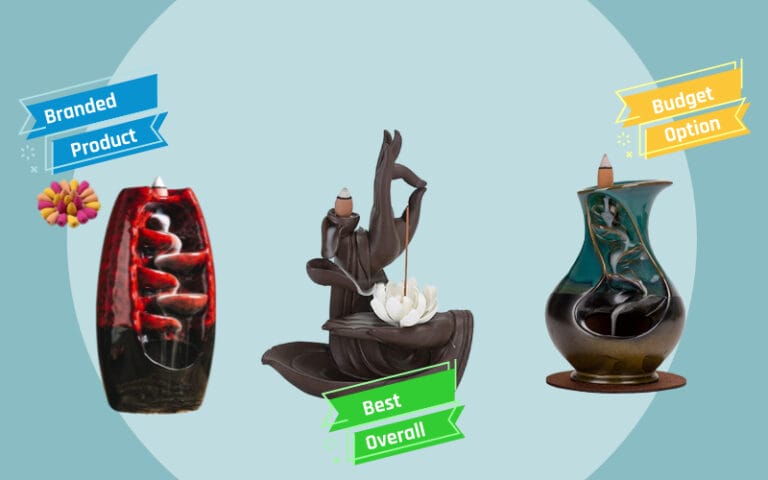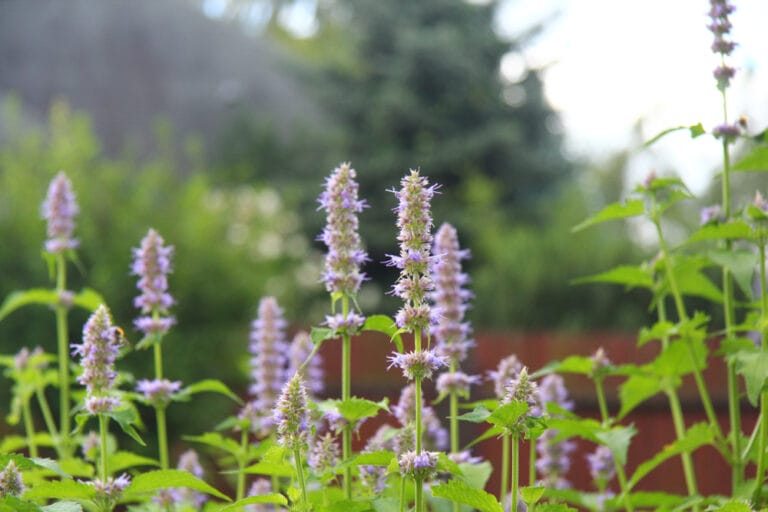Patchouli Resin
Patchouli resin boasts a distinct, exotic, and somewhat mysterious aroma. If you’re seeking a unique scent that isn’t overpowering, patchouli is an excellent choice.
In this article, we’ll explore the various uses and effective methods of incorporating patchouli resin into your life.
While patchouli may not be ideal for every situation, it has proven to be effective in a wide range of instances.
With its sweet, earthy, and camphoraceous aroma, patchouli resin is a popular choice for use in meditation, ceremonies, and spell work.
Patchouli Resin
Patchouli resin is obtained from the dried leaves of the patchouli plant. Natural hydrocarbon solvents are used to extract the resin from the leaves in the form of a paste which solidifies into small resinous lumps.
To release its properties, first heat a charcoal tablet of disc until it is glowing, then carefully place some pieces of patchouli resin on the charcoal, making sure the room is well-ventilated.
Patchouli resin will burn quicker than the patchouli incense sticks but the fragrance is stronger and will linger after it has finished burning. Using the resin is a good method of quickly changing the aroma in a room or in your house with its powerful musky aroma.
Another method which is longer lasting is to use an oil burner; place some resin pieces on a small amount of patchouli oil or vegetable oil in the burner and as the oil heats up the resin will start to release its fragrance, and the resin can last all day.
Patchouli Resin Incense
Burning patchouli resin has all the same properties of incense sticks or coils. In some ways it is a purer form of patchouli since it is only the natural resin from the leaves of the plant, whereas the incense sticks and incense coils are blended with other materials to form the shapes of the items and to allow them to burn consistently.
Patchouli resin burning has a longer and more ancient tradition as a form of incense and before the incense sticks and coils were developed, the resin was burned in censers as part of rituals and ceremonies, and also by ordinary people to add fragrance to their homes.
Patchouli resin has been found intact with mummified bodies in Egyptian tombs dating back to the time of the pharaohs.
It was always found to be a relaxing and calming scent and its use as an enhancement to sensuality and creating a romantic atmosphere was also well-known.
Also its medicinal properties may be more pronounced given the stronger aroma of the resin burning, especially purifying the air around someone who is recovering from illness or suffering from a cold.
It is also said to be a healing solution for skin complaints such as dermatitis or acne, and is beneficial for hair problems such as dandruff and dry scalp.
However it is most popularly used to create a calming and relaxing atmosphere in the home and to enhance creativity at work in the office.
Patchouli Resin Candles
Scented candles useful in aromatherapy can also be made with patchouli resin, which is used as a base scent.
The patchouli resin is usually mixed with other aromatics such as sandalwood, bergamot, and lavender and blended with soy wax or beeswax to make a natural organic candle that fills the house with its delicious fragrance.
These candles are available online from various suppliers.

